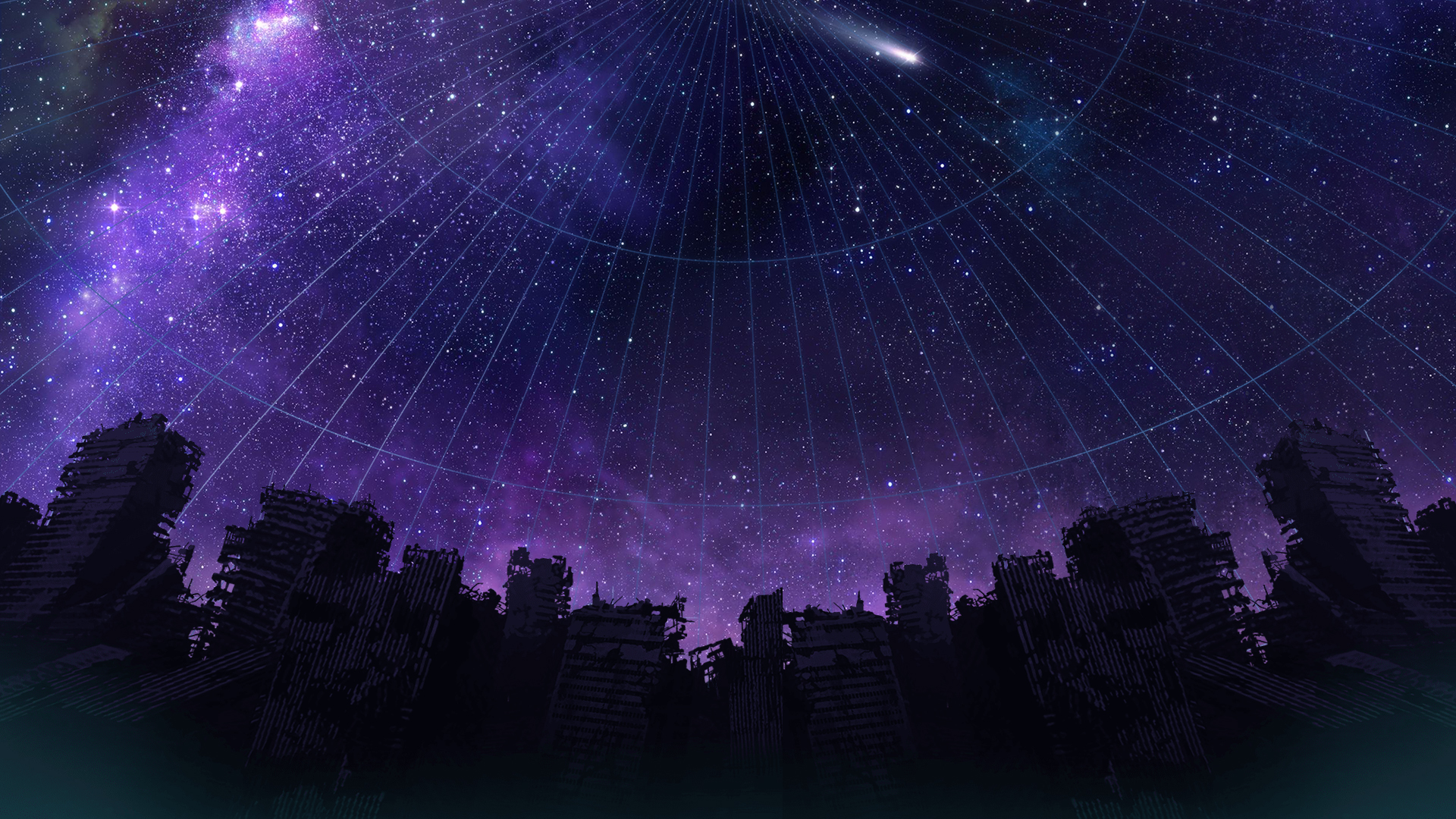Just wanted to let y’all know about a Japanese learning resource that’s really fantastic.
It doesn’t do radical, kanji, and vocab building off of kanji like WaniKani does (said website: http://WaniKani.com is a great resource, as well!). Instead, it introduces vocab directly and includes tons of examples and tests you; it works really well and gets a much broader scope of non-kanji words. It also helps include those words in sentences and tests your grammar and verb declinations. I highly recommend it. The main course will eventually get you the “Core 6000” Japanese words and such. You can even take a test to pass by the earlier levels if you’ve already studied some.
If you’re already on WaniKani, you should be able to get a three-month trial; see details here
